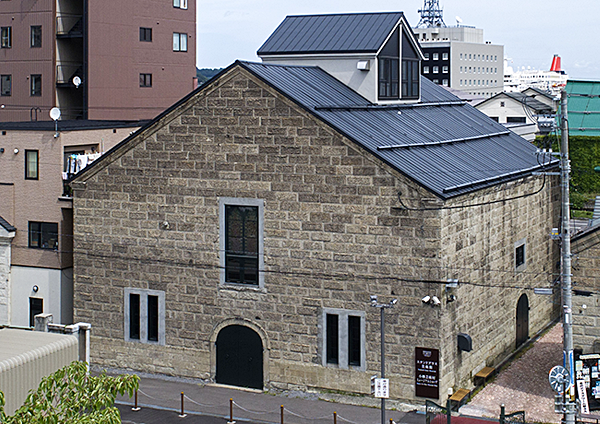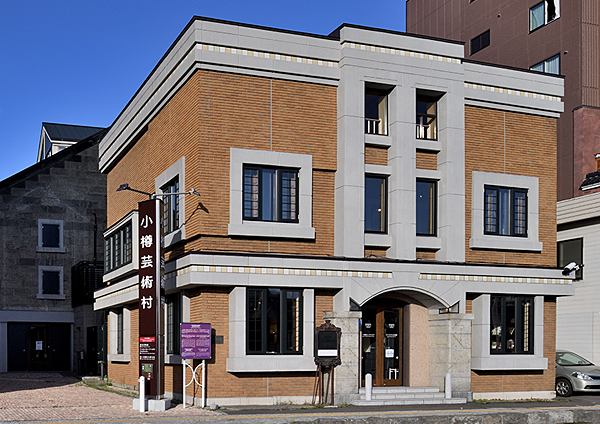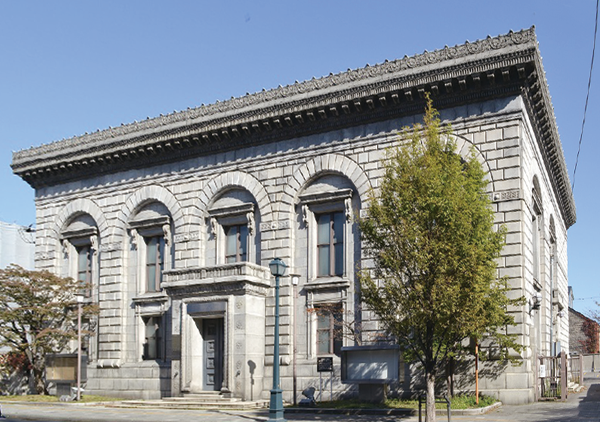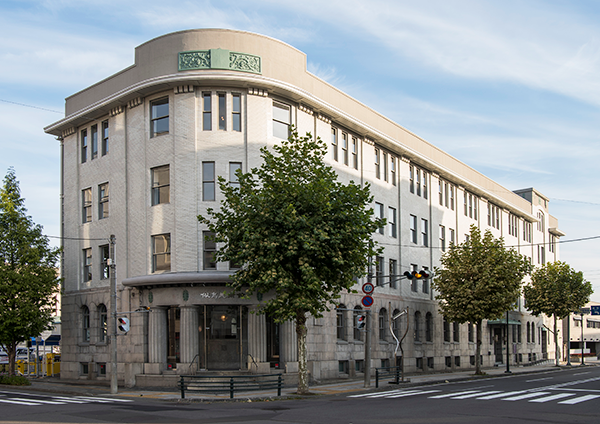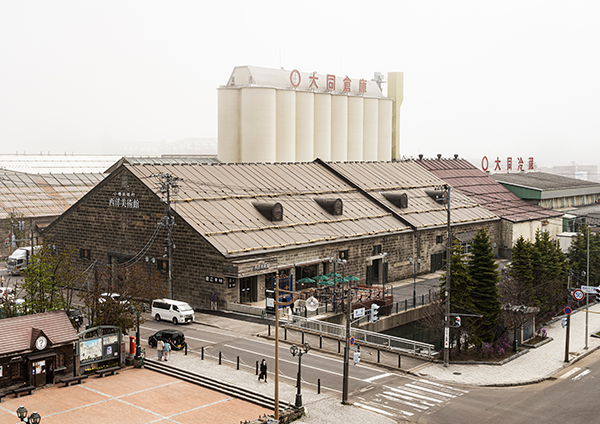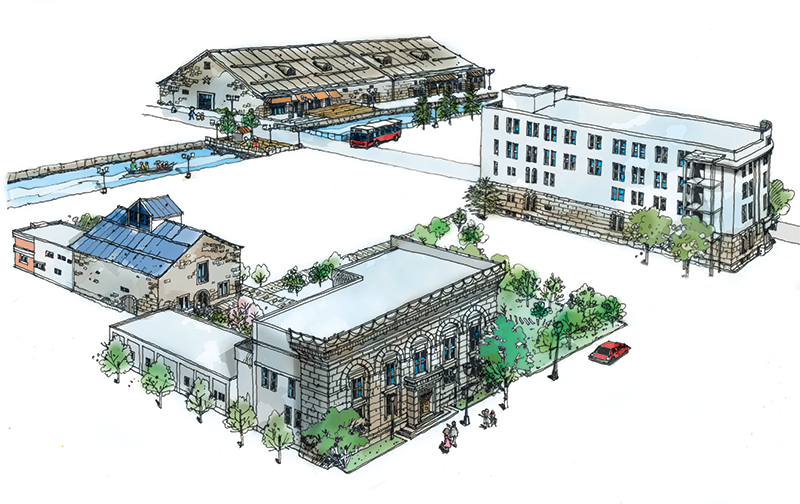
Having been founded in Hokkaido and nurtured by its residents,
the Nitori Group opened Otaru Art Base with the goal of giving back to the regional community.
Otaru was a distribution hub during the early Meiji period and since then,
it has developed into one of Japan’s major economic centers.
Otaru Art Base utilizes renovated buildings constructed in that era,
including its timber-framed stone warehouses and former bank buildings,
to house and display artworks and craft items from in and outside of Japan.
In addition to those activities,
the museum also contributes to preservation of the city’s historical architecture
and the continuation of its diverse and creative landscape.
In doing so, it hopes to spread awareness of Otaru’s cultural legacy around the world.

